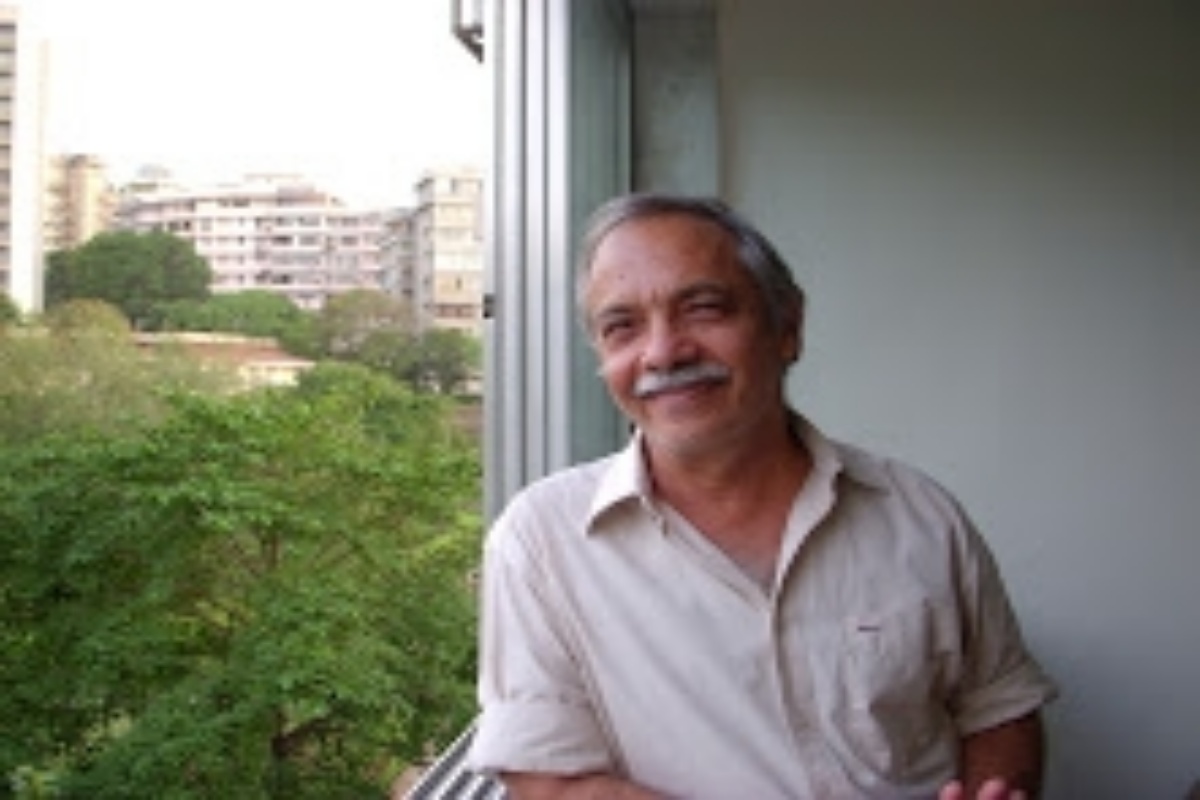BTS’ RM completes 80% of military service; ARMYs thrilled
BTS' RM sends the BTS fandom, dubbed the ARMYs into a frenzy by teasing that he has completed 80% of his military service.
“It involved allowing oneself to recall the exquisite beauty of it all, but also the humble ordinariness. And then, how to translate that visual moment onto a two-dimensional canvas.”

Gieve Patel's interview
A painter, playwright and poet who practiced medicine for decades, Mumbai-based artist Gieve Patel smiles that for him all these art forms may not necessarily “complement” each other.
He feels that in some ways, he was “compelled” to engage with them all. “Yes, each of them allows me to engage with a particular zone of experience. Sometimes these ‘zones’ overlap. But most often not,” he tells IANS.
Advertisement
Patel, whose work (‘At Kala Ghoda: Lovers in Summer Time’) is part of the group show ‘Call Me By Your Name’ (July 21-August 13) curated by Udit Bhambri at Vadehra Art Gallery, says it is about the ‘un’-self-conscious expression of love between a man and a woman on the public pavements of the Kala Ghoda precinct of Mumbai.
Advertisement
“It is summer, so they are lightly clothed. They are so-called ‘pavement dwellers’, and that is their home. All other details that I wished to include in the painting — stray dogs, cars, etc — disappeared one by one as the painting progressed. The yellow drench of the summer remained. And in the far background, the presence of the colonial buildings that line this precinct.”
Though a self-taught painter, Patel feels that the late Akbar Padamsee was instrumental in shaping him, and not just as an artist. “Meetings with him were instructive, amazing, baffling, hilarious, irritating, rewarding, great moments of learning about art, and also about how to get on in the world.”
The lockdowns owing to the pandemic did not really affect his work except some slowing down due to housework. “The ‘suffocation’ is something we have all had to experience. I guess we learn to cope with it.”
It was at the age of 50 that the artist decided to look at your boyhood experiences with ‘painting a well’. He feels that after the experiences as a youngster of looking into a well in his native village in Gujarat, painting that experience was the next step.
“It involved allowing oneself to recall the exquisite beauty of it all, but also the humble ordinariness. And then, how to translate that visual moment onto a two-dimensional canvas.”
One looks down into a well and strains his neck up to observe the clouds — Patel’s ‘Clouds’ drawings received much attention. Talking about the usage of delicate crockwell nibs and pencils for those drawings, he says, “Croquil nibs are so vulnerable, so your line acquires these qualities from the pen itself. And pencil too is unassertive. That helps.”
Currently working on human figures, and wells, for Patel, entering the studio is akin to ‘shutting the world away’ — getting away from plumbing problems, electricity bills, shopping for essentials. “I spend a lot of time doing ‘nothing’ in the studio. I read or listen to music. And then, from time to time, I take a sly look at the work on the easel. I should feel ready to meet it,” concludes the artist.
Advertisement